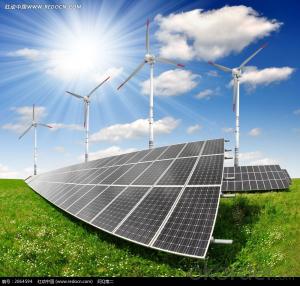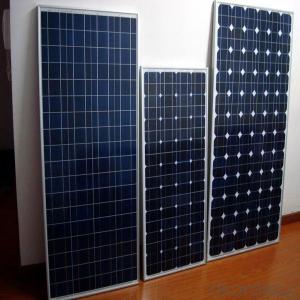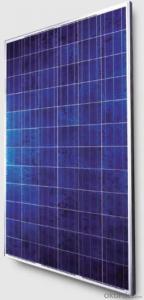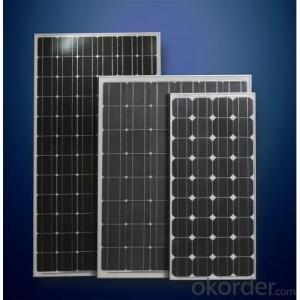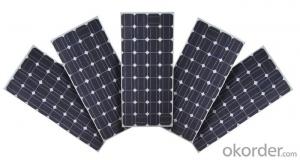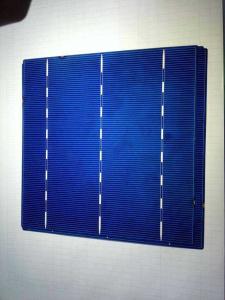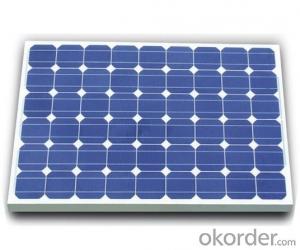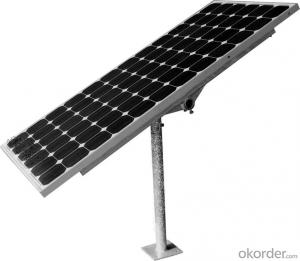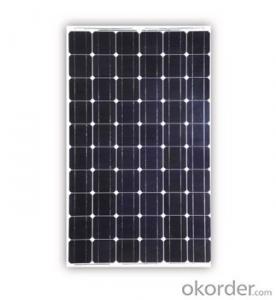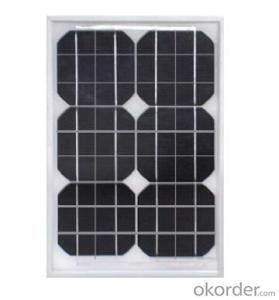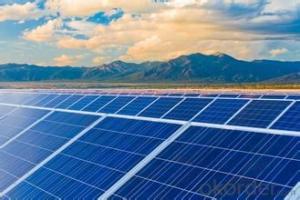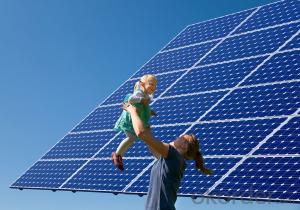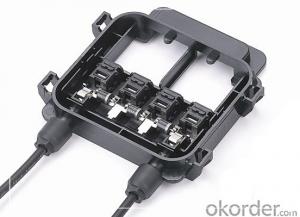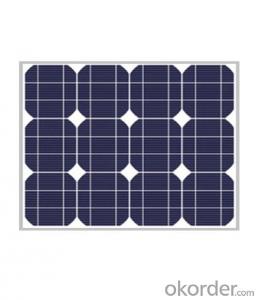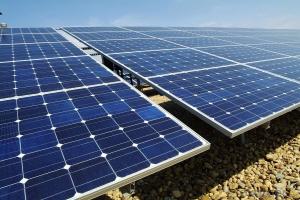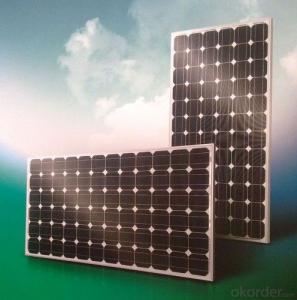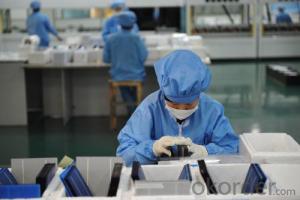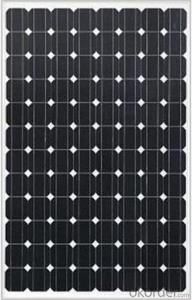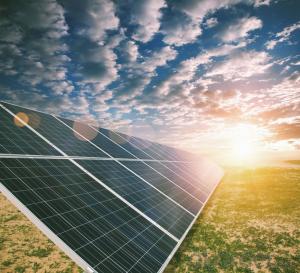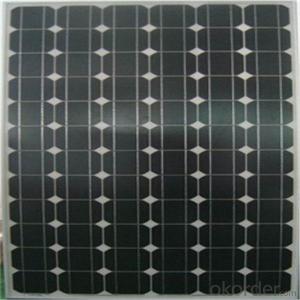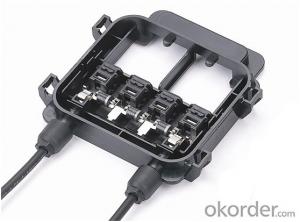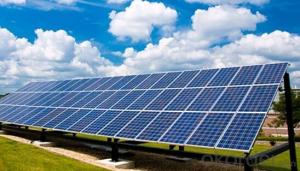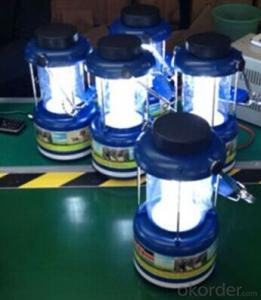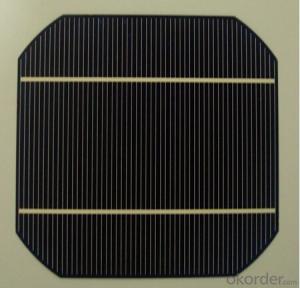Silicon Solar Pv Module
Silicon Solar Pv Module Related Searches
Bottom Solar Led Module Solar Light Module Solar Module Construction Ac Module Solar System Ac Module Solar Panel Solar Module System Solar Cell Module Panel Array Solar Panel Pv Module Solar Panel Module Solar Power Management ModuleHot Searches
Type Of Inverter For Solar Price Of Silicon Solar Cells Best Type Of Solar Cells Solar Grade Silicon Price Type Of Solar Inverter Evacuated Tube Solar Collectors Price Lorentz Solar Pumps Price Cost Of Evacuated Tube Solar Collectors Solar Panel Inverter Size Solar Panel Inverter Suppliers Solar Inverter Solar Panel Tesla Solar Panel Inverter Solar Inverter Type 300Mm Silicon Wafer Price Solar Items Wholesale ppr type 3 Masonry Construction Type Tensar Type 2 Geogrid Type 2 Geogrid Price Of Silicon Solar CellsSilicon Solar Pv Module Supplier & Manufacturer from China
Okorder.com is a professional Silicon Solar Pv Module supplier & manufacturer, offers integrated one-stop services including real-time quoting and online cargo tracking. We are funded by CNBM Group, a Fortune 500 enterprise and the largest Silicon Solar Pv Module firm in China.Hot Products
FAQ
- Yes, solar cells can be used for powering drones. Solar-powered drones are becoming increasingly popular as they offer longer flight times and reduce the need for frequent battery replacements or recharges. By harnessing sunlight, solar cells convert solar energy into electrical energy, which can be used to power and charge the drone's batteries. This sustainable and renewable energy source allows drones to fly for extended periods, making them more efficient and environmentally friendly.
- Yes, solar cells can be used for water heating applications. Photovoltaic (PV) solar cells can convert sunlight directly into electricity, which can then be used to power electric water heaters. Additionally, solar thermal collectors can be used to heat water directly by absorbing sunlight and transferring the heat to the water. Both methods offer efficient and sustainable alternatives to traditional water heating systems.
- Yes, solar cells can be effectively used for powering remote weather monitoring stations. Solar cells have the capability to convert sunlight into electrical energy, making them an ideal and sustainable power source for remote locations. They can provide a reliable and continuous power supply to weather monitoring stations, allowing them to operate independently without the need for grid connections or frequent battery replacements. Additionally, solar cells are environmentally friendly and cost-effective in the long run, making them a popular choice for powering off-grid weather monitoring stations.
- The amount of electricity a solar cell can generate depends on various factors such as the size and efficiency of the cell, the intensity and duration of sunlight, and the environmental conditions. On average, a standard solar cell can generate around 1 to 2 watts of electricity per square meter under optimal conditions.
- The presence of dust or dirt on solar cells can significantly reduce their performance by blocking sunlight from reaching the cells, thereby reducing their efficiency in converting sunlight into electricity. The dust or dirt particles act as a barrier, preventing the photons from reaching the semiconductor material within the solar cells. This decreases the amount of electricity generated, resulting in a decrease in overall power output. Therefore, regular cleaning and maintenance of solar panels is essential to maximize their performance and ensure optimal energy production.
- Excess electricity generated by solar cells can be stored in batteries for later use or can be fed back into the grid, allowing others to benefit from the surplus energy.
- Yes, solar cells are indeed affected by temperature changes. As the temperature increases, the efficiency of solar cells decreases. This is because higher temperatures can lead to an increase in resistance, which reduces the amount of current that can be generated. Additionally, excessive heat can cause thermal stress and damage to the materials of the solar cells, affecting their overall performance. Therefore, it is important to consider temperature variations when designing and operating solar energy systems.
- Solar cells impact energy independence by providing a renewable and sustainable source of electricity. By harnessing the power of the sun, solar cells reduce reliance on fossil fuels and foreign energy sources, promoting self-sufficiency and reducing the need for imports. This enables countries and individuals to generate their own clean energy, reducing dependence on traditional energy grids and increasing energy independence.


